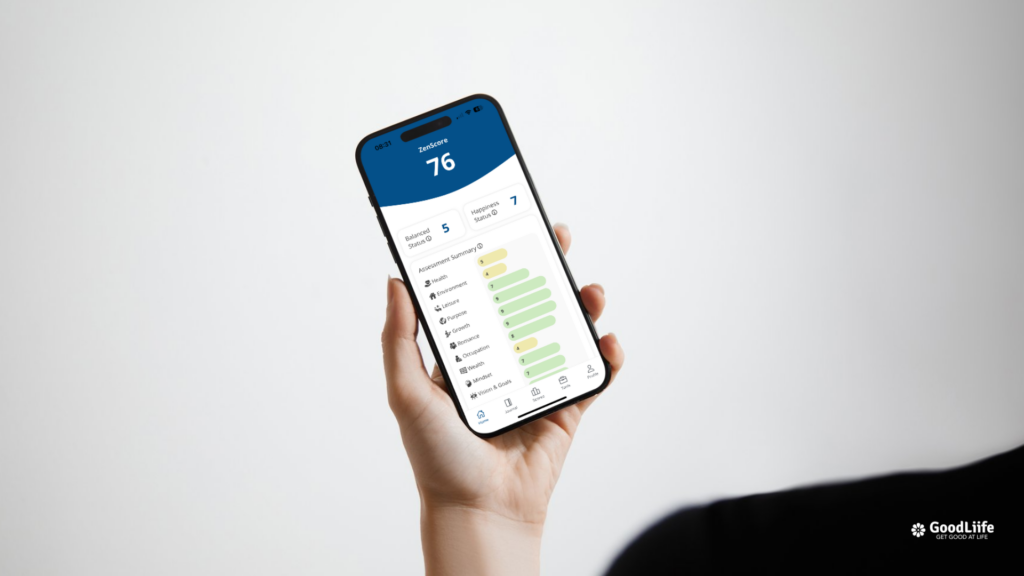Starting a life coaching business requires more than just passion and expertise—it demands a strategic approach to ensure long-term success. A well-structured Life Coach Business Plan serves as a roadmap, guiding you through financial planning, marketing strategies, and business growth. In this guide, we’ll walk you through the essential steps to create a business plan that sets you up for success.
Why a Life Coach Business Plan is Important
A Life Coach Business Plan helps you:
- Define your vision and mission.
- Identify your target market and ideal clients.
- Establish clear financial goals and revenue streams.
- Develop effective marketing strategies.
- Plan for business scalability and growth.
By having a clear plan, you ensure that your coaching business is structured for sustainability and profitability.
Step-by-Step Guide to Writing a Life Coach Business Plan
1. Define Your Business Vision and Mission
Your vision and mission statement define the purpose of your coaching business. Ask yourself:
- What impact do you want to make?
- Who do you want to help?
- What transformation will your coaching provide?
A strong vision will keep you motivated, while your mission will help you communicate your purpose to clients.
2. Identify Your Target Market
Understanding your ideal clients is crucial. Consider:
- Age, gender, and demographics.
- Challenges they face.
- What solutions they are looking for.
Clearly defining your niche—such as career coaching, relationship coaching, or wellness coaching—helps you attract the right clients.
3. Outline Your Coaching Services
Detail the services you will offer, including:
- One-on-One Coaching: Private sessions tailored to individual client needs.
- Group Coaching: A cost-effective way to coach multiple clients at once.
- Workshops and Webinars: Educational sessions on specific life topics.
- Online Courses: Passive income streams through pre-recorded lessons.
4. Develop a Pricing Strategy
Your pricing should reflect the value you provide. Consider:
- Hourly or package rates.
- Subscription-based coaching programs.
- Tiered pricing for different levels of service.
Market research can help you set competitive prices while ensuring profitability.
5. Create a Marketing and Branding Strategy
A strong marketing plan will help you attract and retain clients. Key elements include:
- Website Development: A professional website showcasing your services and testimonials.
- Social Media Marketing: Building your presence on platforms like Instagram, LinkedIn, and Facebook.
- Content Marketing: Blogging, videos, and podcasts to establish authority in your niche.
- Email Marketing: Regular newsletters to engage potential and existing clients.

6. Plan Your Business Operations
Consider the logistics of running your coaching practice, including:
- Scheduling and booking systems.
- Client onboarding and intake forms.
- Legal considerations such as contracts and disclaimers.
- Online vs. in-person coaching options.
7. Establish a Financial Plan
Your financial plan should outline revenue projections, expenses, and funding sources. Key areas to include:
- Start-up costs (website, software, certifications, marketing).
- Monthly expenses (software subscriptions, office space, advertising).
- Income projections based on client acquisition goals.
- Break-even analysis and profit forecasts.
8. Set Short- and Long-Term Business Goals
Define clear, measurable goals for your business:
- Short-term: Attract 10 clients within the first 3 months, launch a social media campaign.
- Long-term: Scale to group coaching, publish a book, generate passive income.
9. Use Technology to Track Progress
Utilizing technology, such as the GoodLiife Score App, can enhance your business management. This app helps:
- Monitor client progress and feedback.
- Track financial goals and performance.
- Automate reminders and accountability features.
- Provide insights into client behaviors and needs.
10. Review and Adjust Your Plan Regularly
Your business plan should evolve as your coaching practice grows. Revisit it every few months to:
- Assess whether you’re meeting your financial and client acquisition goals.
- Adjust marketing strategies based on performance data.
- Refine your services based on client feedback.
How the GoodLiife Score App Supports Life Coaching Success

The GoodLiife Score App is an essential tool for life coaches looking to enhance their services and business management. Here’s how it aligns with your business plan:
- Client Progress Tracking: Helps monitor individual client development, ensuring accountability and measurable results.
- Goal Setting and Achievement: Assists both coaches and clients in setting realistic goals and tracking their progress over time.
- Financial Management: Provides insights into revenue streams, helping coaches maintain financial stability.
- Automated Reminders: Ensures clients stay engaged and committed to their coaching programs.
- Data-Driven Insights: Offers valuable analytics to refine coaching strategies and improve client success rates.
Integrating the GoodLiife Score App into your coaching practice ensures that your business remains organized, efficient, and client-focused.
Conclusion
Creating a Life Coach Business Plan is essential for setting a strong foundation for success. By outlining your vision, services, marketing, and financial strategies, you ensure that your coaching practice is structured for growth and sustainability. Incorporating tools like the GoodLiife Score App can further enhance your efficiency and client engagement. With a well-crafted plan, you’ll be well on your way to building a thriving life coaching business.
Click here to learn more about GoodLiife Score App or download the app today!

Leave a Reply